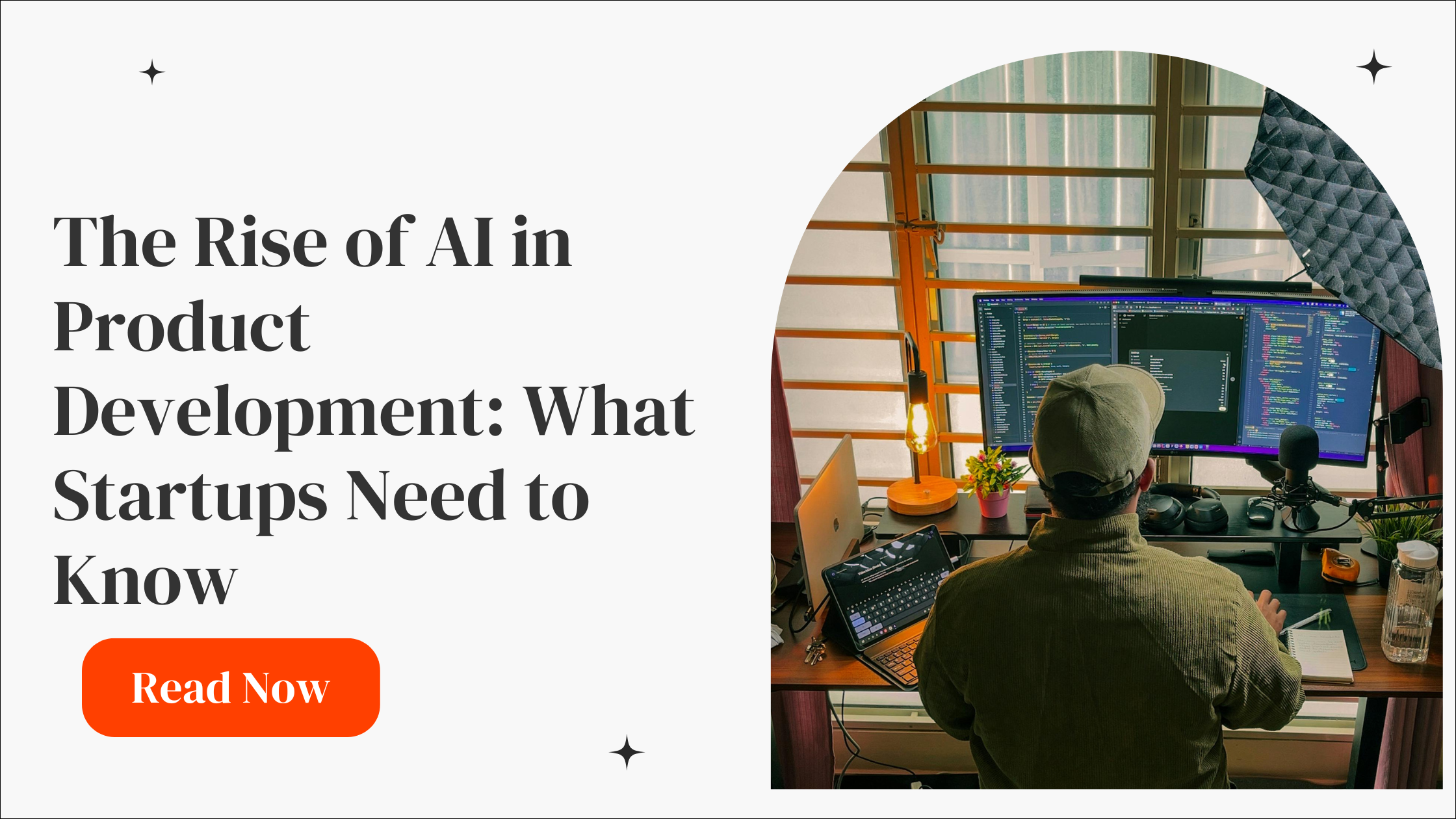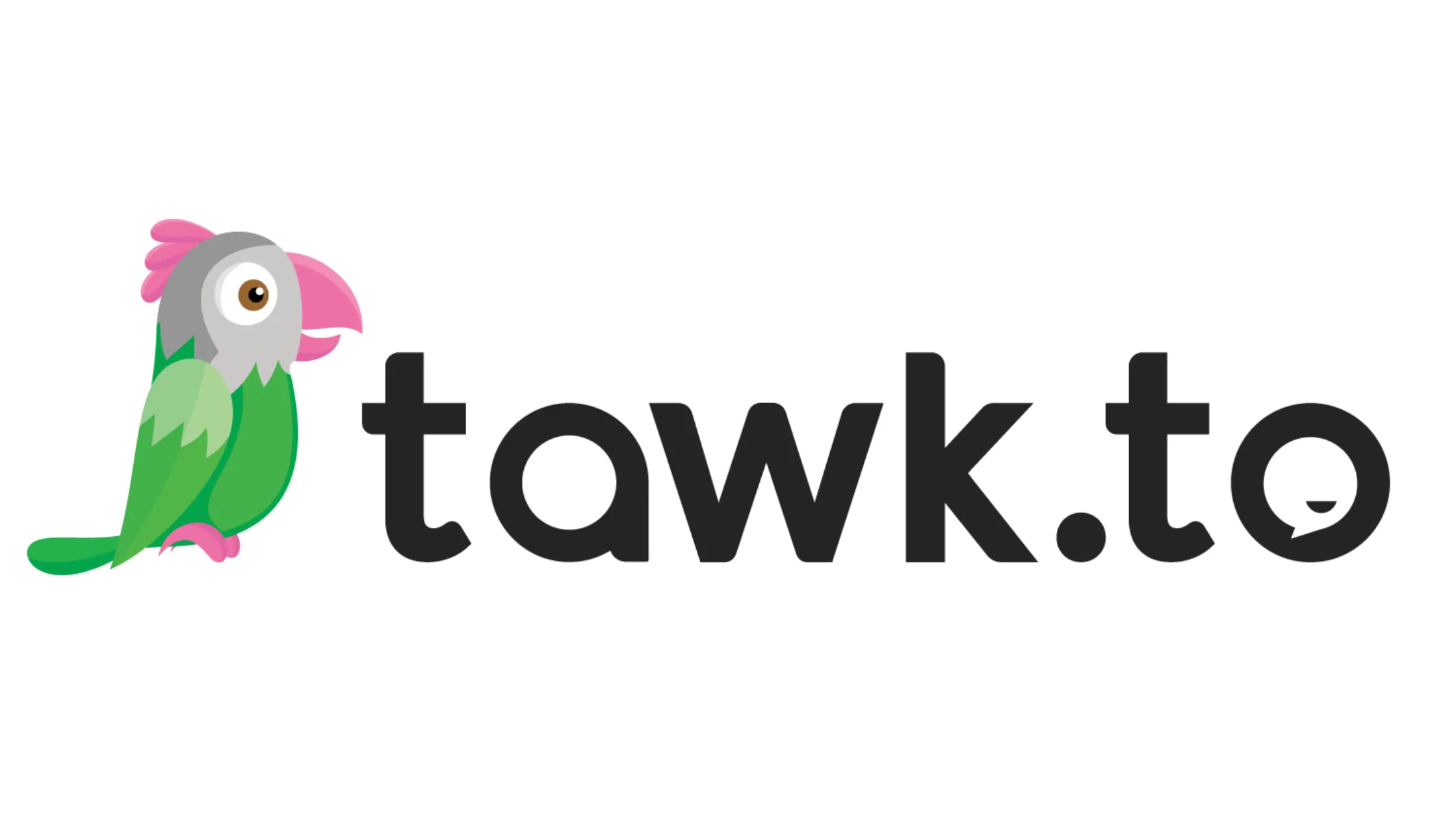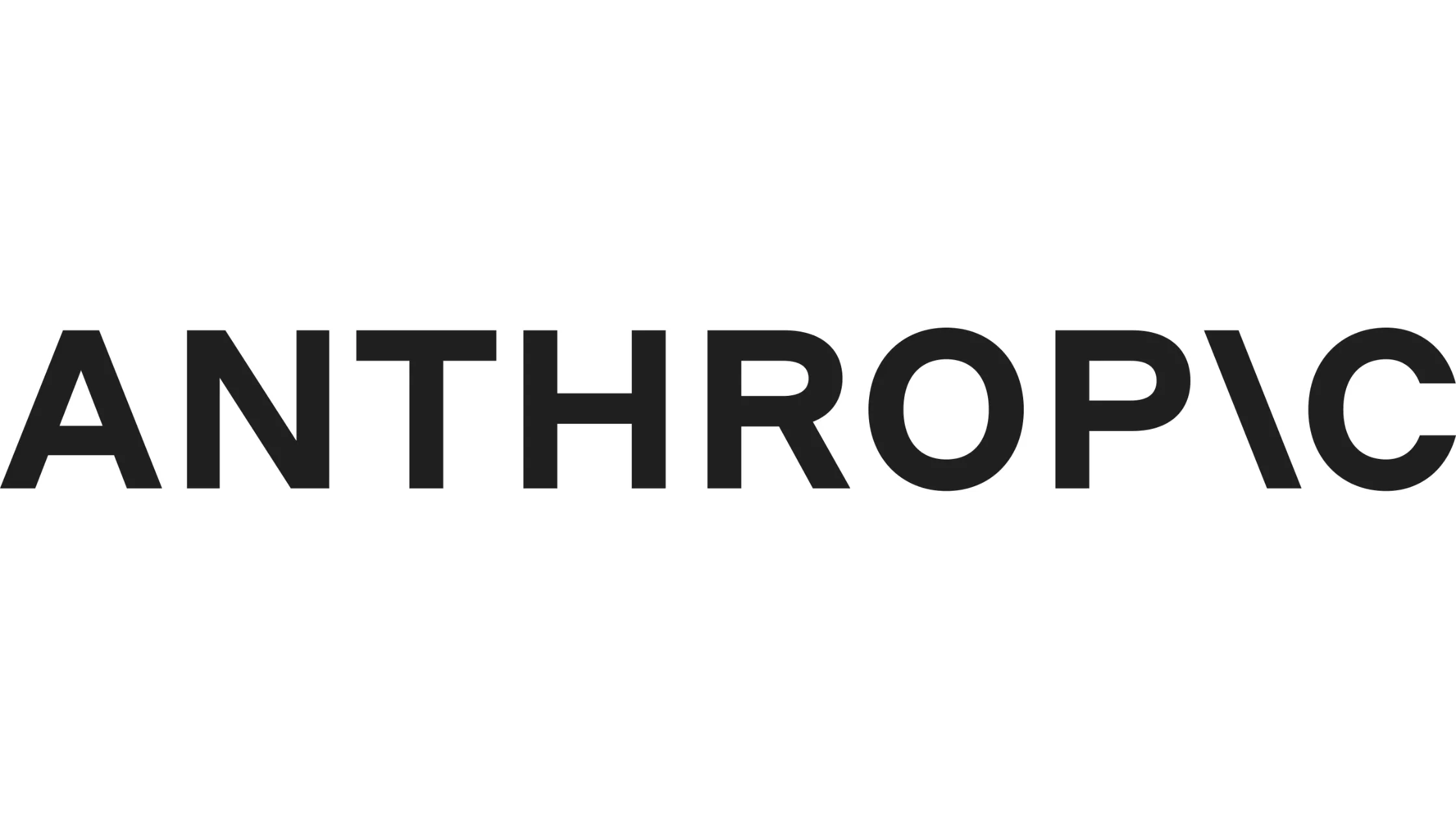
How to Build a Minimum Viable Product (MVP) Fast and Cheap
Learn how to build a Minimum Viable Product (MVP) fast and cheap with this guide for startup founders, plus tips from Horizon Labs’ YC-alum team.
As a startup founder, one of the most important early steps in launching your product is building a Minimum Viable Product (MVP). But here's the kicker: you don't need to blow your budget or take months to get it done. Having co-founded several startups and worked with over a dozen others through my product development agency, Horizon Labs, I've seen firsthand how you can build an MVP fast and cost-effectively while still delivering value. So, if you’re a founder looking to validate your idea without the engineering headaches, keep reading.
What Is a Minimum Viable Product (MVP)?
Before we dive into how to build an MVP fast and cheap, let's make sure we're on the same page about what an MVP actually is. The MVP is essentially a stripped-down version of your product that includes just enough features to allow you to test your hypothesis in the real world. You’re looking to gather user feedback, understand customer needs, and see if people actually want what you’re building.
Why Build an MVP?
- Validation: Before investing heavily in your idea, an MVP allows you to confirm whether there's a market for it.
- Feedback: Users’ feedback on your MVP can shape your next steps, helping you iterate quickly.
- Funding: A working MVP shows investors you're serious and capable of executing, making it easier to secure funding.
Tips to Build Your MVP Fast
Time is everything in the startup world, and the faster you can get your MVP out the door, the faster you’ll know if you’re onto something. But speed doesn’t mean cutting corners. Here’s how to speed up your MVP development without compromising on quality.
Focus on Core Features
It’s tempting to load your MVP with bells and whistles, but that’s a trap. Instead, zero in on the one feature (or maybe two) that solves your users' primary pain point. As Paul Graham of Y Combinator says, "Do things that don't scale" at first. Think of your MVP as an experiment, not a polished final product.
Leverage No-Code or Low-Code Tools
One of the fastest ways to build your MVP is by using no-code or low-code platforms like Webflow, Bubble, or Glide. These tools allow you to create functional prototypes without needing an entire engineering team. You can build something tangible to show investors or test with users in a fraction of the time it would take to write custom code.
Tips to Build Your MVP Cheap
For most startups, cash is tight. But guess what? You don’t need a six-figure budget to launch a solid MVP. Here are a few strategies to keep costs under control.
Hire Freelancers or a Specialized Development Partner
Instead of hiring full-time engineers right out of the gate, consider working with freelancers or an agency that specializes in early-stage product development (like us at Horizon Labs). Hiring an in-house team can cost tens of thousands of dollars per month, whereas working with the right partner can give you access to experienced engineers at a fraction of the cost.
Reuse Existing Solutions
Not everything needs to be built from scratch. There are plenty of open-source tools, libraries, and templates available for free or at a minimal cost. For example, if you’re building a marketplace, platforms like Sharetribe offer a great starting point, and you can customize from there. If you’re developing an app, look into pre-built frameworks that can save you countless hours of development time.
Building an MVP with Horizon Labs
Now, you might be thinking: "This sounds great, but I still don’t have the resources or technical know-how to pull it off." That’s where partnering with the right product development team can make all the difference.
At Horizon Labs, we’ve helped dozens of startups bring their MVPs to market quickly and affordably. Whether it’s through rapid prototyping, custom software development, or even staff augmentation, we specialize in getting your MVP out the door fast so you can focus on what matters most—growing your business. And because we're startup founders ourselves, we understand the balance between speed and quality.
Here’s what you can expect working with us:
- Fast turnaround: We’ll help you go from idea to MVP in weeks, not months.
- Cost-effective solutions: With teams in California and Turkey, we offer high-quality engineering support at competitive rates.
- Tailored approach: Every startup is unique. We work closely with founders to ensure the MVP meets their specific needs, whether you’re in healthtech, e-commerce, or B2B SaaS.
How to Prioritize Features for Your MVP
One of the trickiest parts of building an MVP is deciding which features to include and which to cut. When everything feels essential, how do you narrow it down?
Start with the Problem You're Solving
At the end of the day, your MVP should focus on solving a specific problem for your target audience. The more clearly you define this problem, the easier it will be to strip away unnecessary features. Ask yourself: What is the core value my product delivers? What is the one thing it does better than anything else?
For example, if you're building an e-commerce platform, your MVP could focus solely on allowing users to browse and purchase products. You don't need a full-fledged recommendation engine, advanced analytics, or detailed order tracking right out of the gate. Those can come later.
Talk to Your Target Customers
Before you even start building, talk to potential users. This is one of the best ways to prioritize features for your MVP. What are their pain points? What would they like to see in your product? User interviews, surveys, or even casual conversations can give you a ton of insight into which features are most important—and which ones can wait.
Use the MoSCoW Method
A useful framework for feature prioritization is the MoSCoW method, which stands for:
- Must have: Core features your MVP absolutely needs to solve the problem.
- Should have: Important features, but not critical for launch.
- Could have: Nice-to-haves, but only if time and budget allow.
- Won't have: Features that can be pushed to later versions.
By categorizing features this way, you can stay laser-focused on what matters most for your MVP, avoiding feature creep and unnecessary delays.
Testing and Iterating on Your MVP
Once you've built your MVP, the work isn't over yet. In fact, this is where things get really interesting—it's time to put your product in front of real users and see how they interact with it. This feedback loop will help you improve your product and better understand your customers’ needs.
Launch Early, Learn Fast
The goal of an MVP is to test your assumptions as quickly as possible. This means getting your product in front of users even if it’s not perfect. The sooner you launch, the sooner you can start learning. Don’t worry about getting everything right the first time—your MVP is just the beginning.
Collect User Feedback
After launching your MVP, make it easy for users to provide feedback. Whether it’s through in-app surveys, emails, or interviews, gathering feedback will help you understand what’s working and what needs improvement.
Here are some questions you can ask users:
- How easy was it to use the product?
- What features did you find most useful?
- What features do you wish were included?
- Did the product solve the problem it was supposed to?
Iterate Based on Feedback
Your MVP is just Version 1.0. Based on the feedback you collect, make improvements and launch new versions of your product. Iteration is key. Sometimes the feedback will point out missing features; other times, it might show that the problem you're solving needs a different approach. Be prepared to pivot if necessary—many successful startups have gone through major shifts before finding product-market fit.
At Horizon Labs, we work closely with founders during this critical feedback and iteration phase. By launching fast and iterating based on real user data, you can refine your MVP and move closer to building a product your customers truly love.
Common Pitfalls to Avoid When Building an MVP
Even though the MVP approach is meant to simplify product development, there are still a few common traps founders fall into. Here’s how to avoid them:
Overcomplicating the MVP
As I mentioned earlier, the biggest mistake founders make is trying to cram too many features into their MVP. Remember, the "M" in MVP stands for "minimum." Keep it lean, focused, and purpose-driven.
Ignoring Feedback
The feedback you gather from your MVP is crucial. Don’t dismiss user input, even if it’s hard to hear. Your early users can provide valuable insights that will help you refine and improve your product. Listen closely to what they say and be willing to pivot if necessary.
Not Setting Clear Goals
Before building your MVP, set clear, measurable goals. What do you hope to learn from your users? Are you testing your value proposition, user experience, or another aspect of your business model? Without clear goals, it’s easy to lose sight of why you’re building an MVP in the first place.
Why Horizon Labs is the Perfect Partner for Your MVP Journey
Building an MVP is one of the most critical steps in your startup’s journey, and you need a partner who understands both the technical and strategic side of the equation. At Horizon Labs, we’ve helped startups across various industries, from healthtech to AI, build MVPs that get results—fast. We know that founders need more than just engineers; they need a strategic partner who can help them navigate the complexities of product development while keeping an eye on the bigger picture.
Whether you need rapid prototyping, custom development, or extra engineering resources, we’ve got you covered. Our team of experienced engineers and product leaders is dedicated to helping you launch your MVP on time, on budget, and with the confidence that you’re heading in the right direction.
Reach out to us at info@horizon-labs.co or schedule a call at https://www.horizon-labs.co/contact to figure out how we can help you build your MVP faster and cheaper than anyone else in the market. Let’s turn your vision into reality without the engineering headaches.
Frequently Asked Questions (FAQs) about Building a Minimum Viable Product (MVP) Fast and Cheap:
Q: What are the typical costs involved in building an MVP?
A: The cost of building an MVP can vary greatly depending on factors like the complexity of the product, the tech stack, and whether you use an in-house team or an external development partner. On average, a basic MVP can cost anywhere from $10,000 to $50,000. However, by leveraging low-code/no-code platforms or working with cost-effective development partners, you can significantly reduce these expenses. Agencies like Horizon Labs specialize in providing affordable solutions without compromising on quality.
Q: How long does it typically take to build an MVP?
A: Building an MVP usually takes between 4 to 12 weeks, depending on the scope of the project and the size of the development team. The key to speeding up the process is maintaining a laser focus on the core features and avoiding unnecessary additions. Working with experienced developers who specialize in MVPs can also help you hit your timelines without sacrificing quality.
Q: Should I use open-source tools when building an MVP?
A: Yes, open-source tools are a great way to keep costs down when building an MVP. They provide pre-built frameworks, libraries, and templates that can save you time and money. However, it’s important to choose reliable, well-maintained tools to ensure the long-term viability of your product. Combining open-source solutions with custom development can provide a balanced approach that keeps your MVP cost-effective while still flexible.
Q: How do I know when my MVP is ready to launch?
A: Your MVP is ready to launch when it has the minimum set of features necessary to solve your target users' core problem. It doesn’t need to be perfect; the goal is to start gathering real user feedback as soon as possible. If your MVP allows users to interact with your product and provides enough value for them to test the core functionality, it’s time to go live.
Q: How can I validate my MVP idea before investing in development?
A: Before investing in development, you can validate your MVP idea by conducting user interviews, running surveys, or even building a simple landing page to gauge interest. Some founders also create clickable prototypes or mockups to simulate the product experience and gather feedback from potential users. The goal is to ensure there is enough demand for your solution before you commit to building the MVP.
Q: What mistakes should I avoid when building an MVP on a budget?
A: One common mistake is over-engineering your MVP by adding too many features, which can inflate costs and delay your launch. Another mistake is hiring inexperienced developers or cutting corners on quality, which can lead to technical debt down the road. Lastly, avoid launching without a clear feedback collection system—if you’re not learning from your users, you’re missing the whole point of an MVP.
Q: Can I build an MVP without technical expertise?
A: Absolutely! Even if you don’t have a technical background, there are many ways to build an MVP. You can use no-code platforms like Webflow or Bubble, or you can partner with a development agency like Horizon Labs that specializes in working with non-technical founders. By focusing on the core problem you want to solve and leveraging the right tools, you can bring your product to life without needing to be a developer.
Q: How do I secure funding for an MVP?
A: To secure funding for your MVP, you need to demonstrate both the potential market demand and your ability to execute. Investors are often more interested in teams that can move quickly and efficiently rather than those with just an idea. Show early traction, whether it's through user interest, sign-ups, or even pre-sales, and highlight the strategic approach you're taking to build your MVP without overextending your resources.
Q: Should I outsource my MVP development or build it in-house?
A: Outsourcing MVP development can be a smart move, especially if you're working on a tight timeline and budget. External agencies with specialized experience, like Horizon Labs, can get your MVP built quickly and cost-effectively. Building in-house is a good option if you already have a technical team in place, but it can be expensive and slower if you need to hire developers from scratch. Outsourcing also gives you flexibility without the long-term commitment of full-time hires.
Q: How can I ensure my MVP aligns with my long-term vision?
A: While your MVP should focus on solving a specific problem with minimal features, it’s essential to keep your long-term product vision in mind. Start by outlining a roadmap of future features and how your MVP fits into the bigger picture. Make sure the core architecture and decisions you make now won’t limit future growth. Partnering with an experienced product development team can help ensure your MVP is scalable and adaptable as your business evolves.
Q: How do I market my MVP after it’s built?
A: Marketing your MVP is all about building a buzz early on. Start by targeting your initial customer base through direct outreach, social media, and email campaigns. Create a landing page to collect leads and share updates. You can also use platforms like Product Hunt or BetaList to generate interest among early adopters. The key is to leverage your MVP launch as a way to build momentum and start a conversation with your target audience.
Q: Can I add new features to my MVP after launch?
A: Yes, adding features after your MVP launch is a natural part of the product iteration process. However, you should base these new features on real user feedback rather than assumptions. Start small, analyze what users need most, and build out features incrementally. The goal is to keep improving your product while maintaining the lean, flexible nature of your MVP.
Q: How do I balance speed and quality when building an MVP?
A: Speed and quality can go hand in hand if you approach MVP development strategically. The key is to focus on the core functionality that delivers value to users without overcomplicating things. Use established tools, frameworks, and best practices to avoid reinventing the wheel. Working with experienced developers, who know how to build efficiently, will help ensure that your MVP is both high-quality and delivered on time.
Q: How do I attract early users to my MVP?
A: Attracting early users often starts with leveraging your existing network. Reach out to your personal and professional contacts, especially those who are in your target market. Offer exclusive access to the MVP in exchange for feedback. You can also create a simple waitlist on your landing page to build anticipation. Social media and online communities relevant to your product’s niche are also great places to promote your MVP.
Q: What role does user feedback play in MVP development?
A: User feedback is crucial in the MVP process because it helps you understand what’s working and what’s not. The feedback you gather will inform the next iteration of your product. Early users often provide insights that you hadn’t considered, helping you refine your product before fully scaling. Listening closely to users allows you to improve faster and ultimately build something people truly want.
Q: How do I determine the right time to pivot based on MVP performance?
A: Deciding when to pivot depends on the data you collect during your MVP testing. If users consistently indicate that your product isn't solving their problem or there’s low market interest despite your best efforts, it may be time to consider a pivot. Analyze key metrics like user engagement, feedback patterns, and conversion rates. Sometimes the pivot is a small adjustment to features or target market, and other times it may involve rethinking your product entirely.
Q: Can I build an MVP for a highly complex product?
A: Yes, even complex products can be distilled into an MVP. The trick is to break down your idea into its most essential components. You don’t need to build the entire system right away; focus on delivering the most important function that will demonstrate your product’s value to users. If the product is technically complex, working with a development partner that specializes in scalable architecture can help ensure your MVP is built with future expansion in mind.
Need Developers?
We help companies build ideas into apps their customers will love (without the engineering headaches).
















For Startups & Founders
We've been founders ourselves and know how valuable the right communities, tools, and network can be, especially when bootstrapped. Here are a few that we recommend.

Mistakes to Avoid When Building Your First Product
Learn the key mistakes founders make when building their first product—and how to avoid them for a faster, smoother launch.
Read more
The Rise of AI in Product Development: What Startups Need to Know
Learn how AI is transforming product development for startups. From MVPs to scaling, here’s what founders need to know in today’s AI-driven world.
Read more
No-Code vs. Custom Development: Which is Right for Your Startup?
Weighing no-code vs. custom development? Learn which is right for your startup depending on stage, budget, and product complexity.
Read more
What is Mixpanel?
Learn how Mixpanel helps startups track user behavior to improve products and accelerate growth with clear data-driven insights.
Read more
How Tawk.to Can Boost Your Startup’s Customer Support Game
Learn how Tawk.to can benefit startups by enhancing customer support and engagement. Perfect for early-stage founders!
Read more
Grow Your Startup With Anthropic's AI-Powered Tools
Discover how Anthropic's cutting-edge AI tools can accelerate your startup's success. Learn about their benefits and see why they can be trusted by startups.
Read more
What is Data-Driven VC?
Learn what a data-driven VC means and how such investors can benefit your startup’s growth and fundraising journey.
Read more
What is Blockchain?
A beginner-friendly guide on blockchain for startup founders, covering key concepts, benefits, challenges, and how to leverage it effectively.
Read more
What is Cybersecurity?
Learn cybersecurity basics tailored for startup founders. Understand key risks, best practices, and how to protect your startup from tech threats.
Read more
What is Seedcamp?
Learn what Seedcamp is, how its European seed fund and accelerator program work, and how founders can use its capital, mentorship, and network to scale their st
Read more
What is AngelList?
AngelList is a prime platform connecting startup founders to investors, talent, and resources to accelerate early-stage growth.
Read more
What is 500 Startups?
Learn what 500 Startups (now 500 Global) is, how its accelerator and seed fund work, and when founders should consider it—plus tips for early-stage startups.
Read more.png)